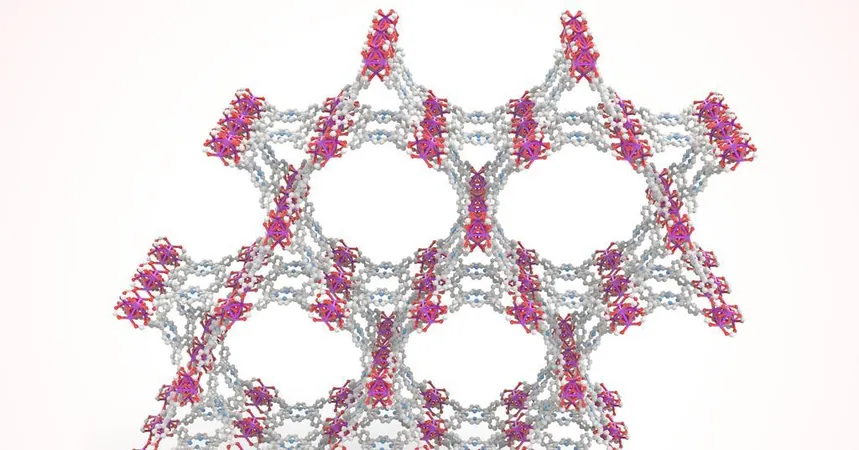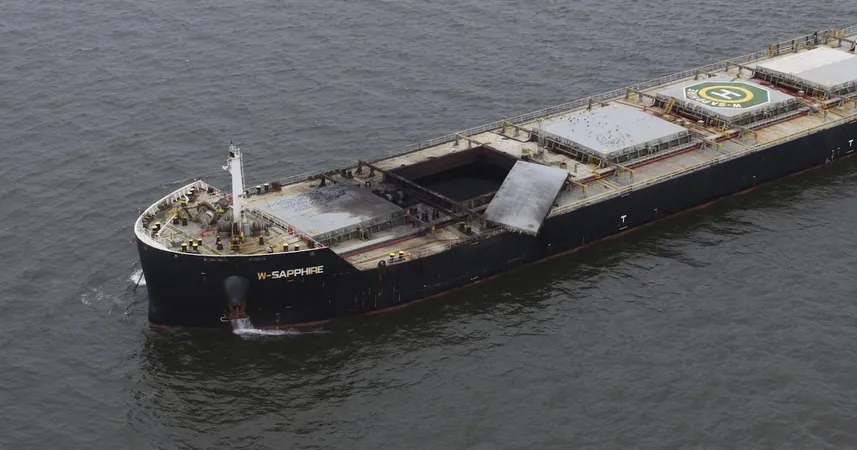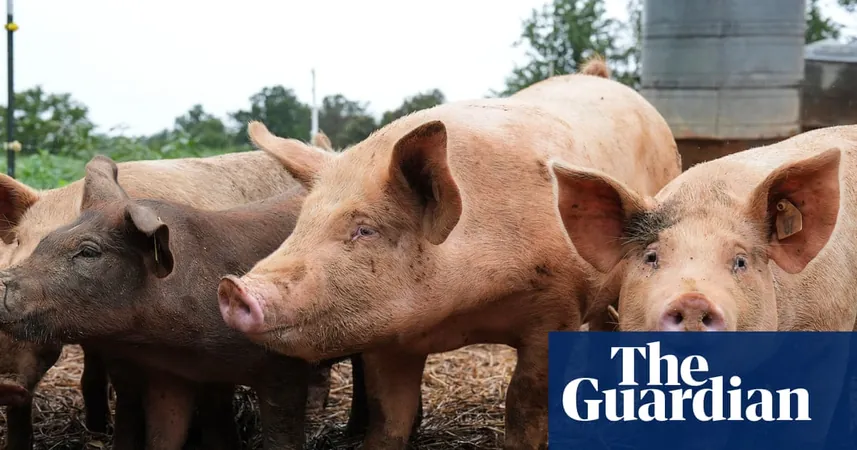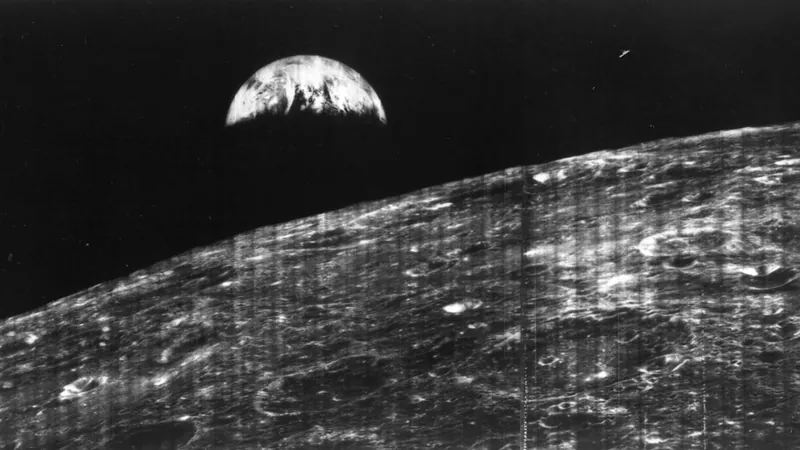
Revolutionizing Carbon Capture: How AI is Fast-Tracking the Discovery of New MOFs
2025-08-20
Author: Michael
Harnessing AI for Carbon Dioxide Capture
In a groundbreaking development, recent studies reveal how artificial intelligence (AI) is turbocharging the hunt for metal-organic frameworks (MOFs) capable of effectively trapping carbon dioxide (CO2) from the atmosphere. Researchers from the UK and South Korea explored 8,000 potential MOFs, suggesting promising newcomers for direct air capture (DAC). Meanwhile, a team in the United States, including experts from Meta, unveiled a cutting-edge machine-learning algorithm trained on a staggering 15,000 MOFs.
The Urgency of Carbon Capture
As global carbon emissions soar, the need for innovative solutions to directly capture CO2 is becoming increasingly critical for climate stabilization. MOFs stand out for their potential, yet they often absorb unwanted gases—especially water, which complicates their effectiveness. Chemical engineer Andrew Medford of Georgia Tech emphasizes, 'If you have to remove all the water from the air, you end up emitting more CO2 than you capture.' Thus, a MOF that can selectively absorb CO2 amidst a cocktail of other gases is essential.
The Limits of Traditional Methods
While researchers can use density functional theory (DFT) to predict the adsorption properties of MOFs, the high computational demands limit exploration to a narrow range of candidates. Initial attempts using simplified methods, like 'force fields' representing MOF structures, fell flat when it came to identifying selectively adsorbent materials. In response, Medford and his team partnered with Meta to conduct extensive DFT simulations to create algorithms capable of forecasting adsorption properties without complete DFT calculations. Their findings, released as Open Direct Air Capture 23 (ODAC23), identified new materials with enhanced CO2 selectivity.
Unlocking New Possibilities with Machine Learning
Research teams have since extended improved machine learning techniques to probe extensive arrays of potential MOFs. A study from Imperial College London and the Korea Advanced Institute of Science and Technology explored 8,000 MOFs and their associated energy landscapes, discovering several seemingly useless options worth revisiting. Aron Walsh from Imperial College highlights this research's importance, especially for understanding molecular interactions and pressure impacts.
The Future: A Bright Horizon for MOF Research
Looking ahead, Medford and collaborators at other prestigious institutions are set to introduce the ODAC25 dataset, based on 70 million new DFT calculations. This comprehensive resource will detail the variable adsorption properties of 15,000 MOFs and evaluate the competitive absorption of nitrogen, oxygen, and water, along with the influences of structural imperfections and functionalization. Medford envisions a future where chemists can tailor MOFs for specific environments: 'If I’m capturing air in humid Texas, I’ll need different materials than for dry Utah.'
The Next Frontier in MOF Discovery
Walsh expresses optimism that upcoming advancements in artificial intelligence will facilitate the design of entirely new MOFs rather than merely screening existing ones. 'The landscape of possible chemical components is vast; we must be strategic in selecting building blocks,' he states. Techniques like generative AI, reinforcement learning, and active learning are the next frontiers, paving the way for MOFs that could change the game in carbon capture technologies.









 Brasil (PT)
Brasil (PT)
 Canada (EN)
Canada (EN)
 Chile (ES)
Chile (ES)
 Česko (CS)
Česko (CS)
 대한민국 (KO)
대한민국 (KO)
 España (ES)
España (ES)
 France (FR)
France (FR)
 Hong Kong (EN)
Hong Kong (EN)
 Italia (IT)
Italia (IT)
 日本 (JA)
日本 (JA)
 Magyarország (HU)
Magyarország (HU)
 Norge (NO)
Norge (NO)
 Polska (PL)
Polska (PL)
 Schweiz (DE)
Schweiz (DE)
 Singapore (EN)
Singapore (EN)
 Sverige (SV)
Sverige (SV)
 Suomi (FI)
Suomi (FI)
 Türkiye (TR)
Türkiye (TR)
 الإمارات العربية المتحدة (AR)
الإمارات العربية المتحدة (AR)